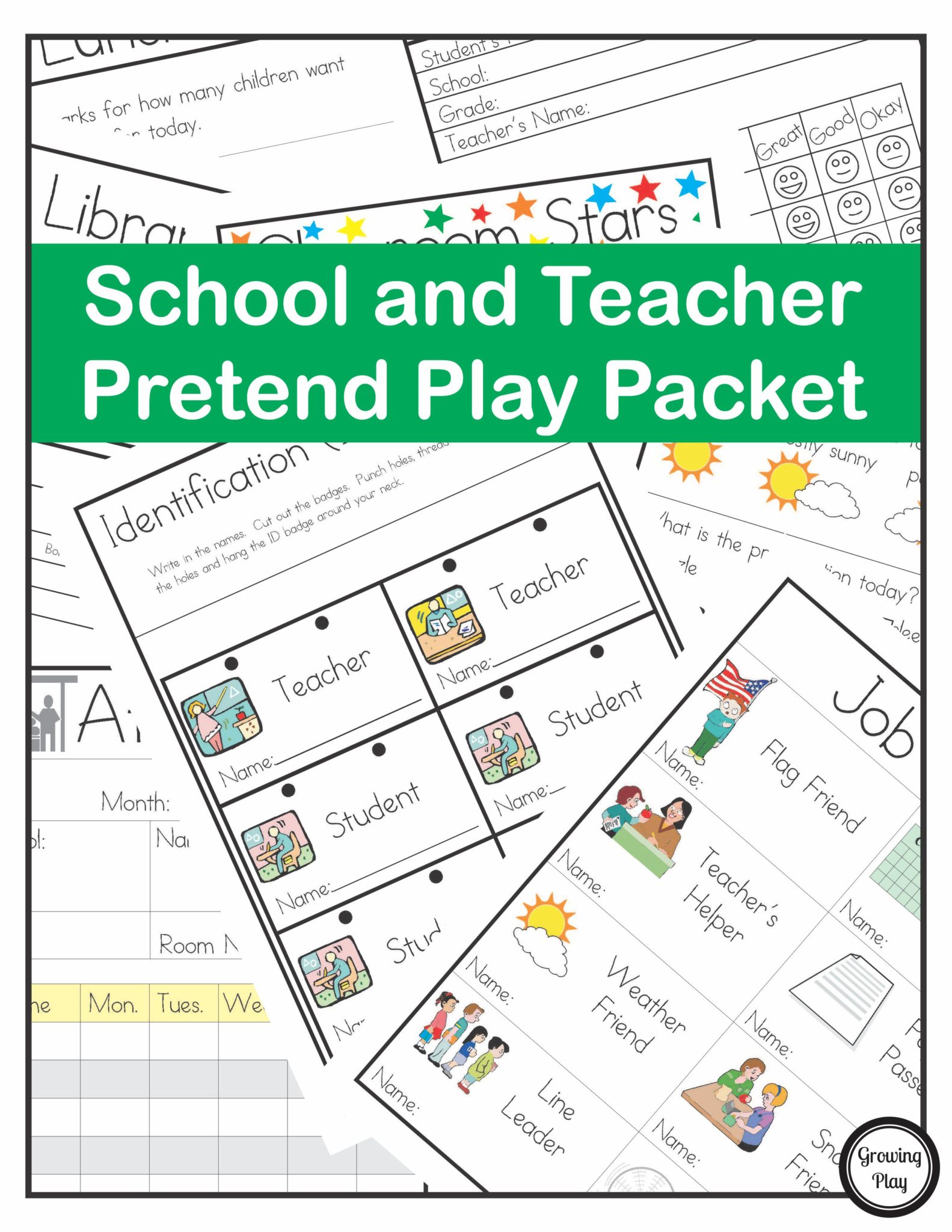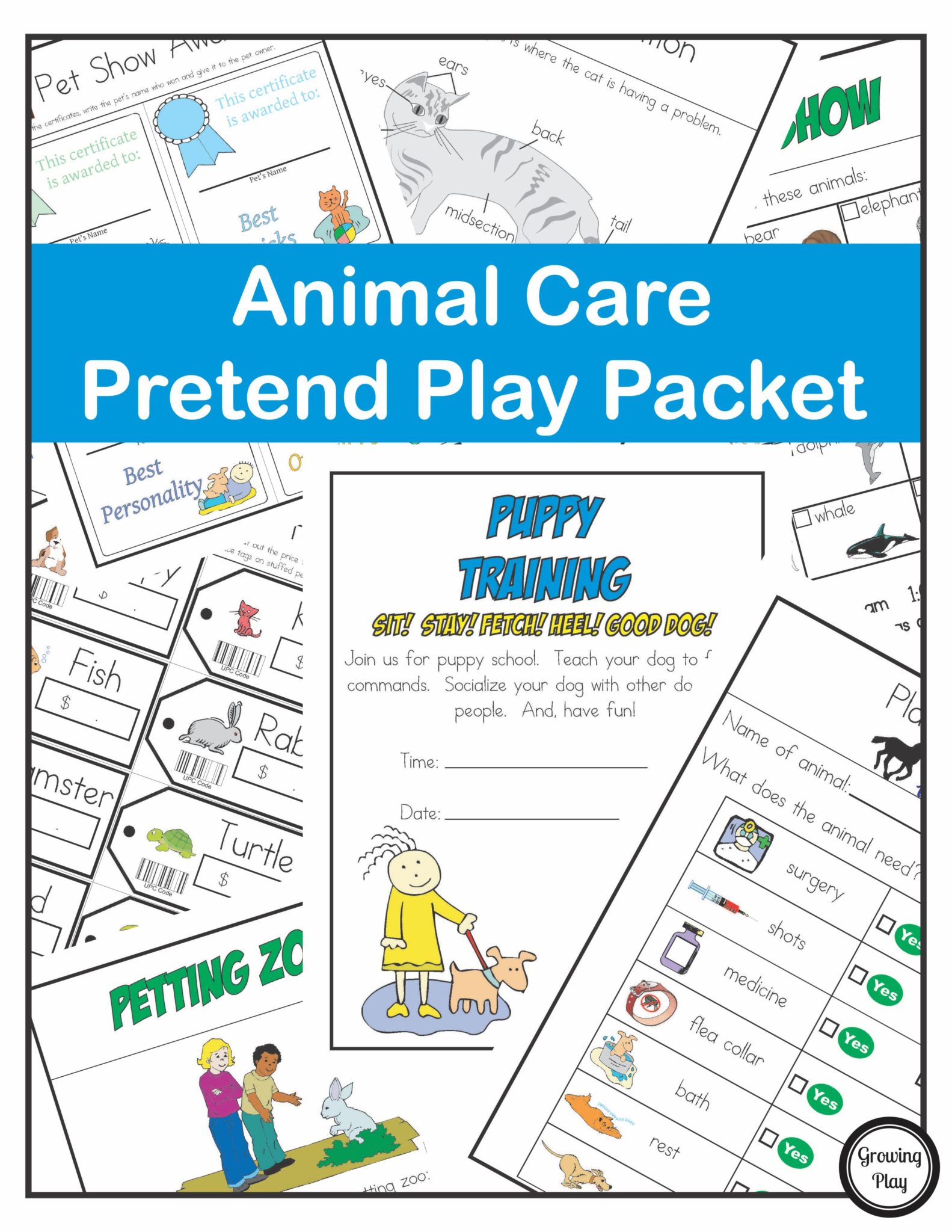How to Play School

Children love to play school. Whether it be friends, dolls or stuffed animals for students kids will instruct anyone if given the chance. Sometimes they just need a little push to get the game going. The next time your child comes to you saying they are bored perhaps you can help set up a pretend school to spark their imagination. Here are some basic steps to learn how to play school and the benefits of this type of pretend play.
How to Play School: A Step-by-Step Guide
Playing pretend school can be a fun and educational activity for children. Here’s a simple, numbered guide on how to get started:
- Create the Classroom: Use a table as the teacher’s desk, lay out some chairs or cushions for students. This sets up your basic classroom layout.
- Gather Supplies: Collect household items that can be used in the pretend school, such as books, pencils, papers, markers, an old calendar, and perhaps a dry-erase board if available.
- Decide on Roles: Determine who will be the teacher and who will be the students. Remember, it’s always fun to swap roles!
- Plan the Day: Develop a basic schedule or lesson plan. You could include subjects like reading, art, science experiments, or even recess.
- Dress Up: If possible, wear costumes that fit your roles. A pair of glasses or a notebook can instantly transform a child into a teacher.
- Teach and Learn: The “teacher” can read from books, write on the board, conduct a science experiment, or lead a discussion. The “students” listen, participate in activities, and learn.
- Include Breaks: Make sure to have short breaks for snacks or a quick game to mimic a real school environment.
- Swap Roles: After some time, consider swapping roles. This allows everyone to experience different perspectives.
- Evaluate: The teacher can conduct a fun quiz or a quick recap of what was taught. This reinforces learning and makes the play more realistic.
- Clean Up: At the end of the school day, everyone can help clean up the classroom. This teaches responsibility and teamwork.
Remember, the most important part of pretend school is having fun while learning. There’s no right or wrong way to play school. The idea is to encourage creative thinking, communication skills, and a love for learning in a playful environment.

School and Teacher Pretend Play Packet
Gathering Household Items for Pretend School Play
The best part of pretend school is that you can create an engaging learning environment with everyday items around your home. Here are some household items you can gather to enrich the pretend school experience:
- Books: Use a variety of books for different subjects. Storybooks, encyclopedias, and even cookbooks can serve as interesting teaching materials.
- Office Supplies: Staples, paper, pencils, markers, hole punches, tape, and scissors can mimic the tools a teacher uses in a classroom.
- Cardboard Boxes: These can be used as desks, or they can be creatively transformed into podiums, computers, or even a school bus.
- Chalk or Dry-Erase Board: This can serve as the main teaching tool for writing lesson plans, drawing, and explaining concepts.
- Old Magazines or Newspapers: These can be used for art and craft activities or as a resource for reading and comprehension exercises.
- Measuring Tapes or Rulers: Perfect for math lessons or science experiments involving measurements.
- Old Clothes: These can be used as costumes. For instance, an oversized shirt can serve as a lab coat for a science class.
- Kitchen Utensils: These can serve as science apparatus or musical instruments, depending on the pretend class being conducted.
- Snack Boxes or Empty Cans: These can be used to mimic school lunch or for learning about nutrition.
- Old Calendars: Great for teaching about days, months, seasons, and important dates.
- Toys or Stuffed Animals: They can serve as students in a preschool setting or for teaching about animals in a biology class.
- Timer or Clock: This is useful for teaching time or for setting limits on different activities just like in a real classroom.
Remember, safety is paramount. Always supervise the use of items that could be potential safety hazards, especially with younger children. The key to effective pretend play is creativity and adaptability. Even the most mundane items can be transformed into exciting teaching tools with a bit of imagination.

Animal Care Pretend Play Packet
Ideas to Ignite Pretend School Play
Learning how to play school becomes a lot more exciting when you have a variety of creative activities to keep it engaging. Here are some ideas to enrich the pretend school experience:
- Create a Classroom Setting: Arrange a table for the teacher with some paper, pencils, and an alphabet chart. Use pillows or small chairs for student seating.
- Include Office Supplies: Children love to mimic adults. Items like tape, hole punches, and staplers can make the pretend school feel more like a real classroom.
- Invest in a Dry-Erase Board: This can be used for writing lesson plans, drawing, or even playing games. It’s a versatile tool that can serve many purposes in pretend play.
- Role Swap: Encourage kids to switch roles between being a teacher and a student. This will help them understand different perspectives and responsibilities.
- Dress Up: Provide costumes or props that a teacher might use, such as glasses, a pointer, or a lab coat for a science lesson. Dressing up can make the play feel more realistic and immersive.
- Playtime Equals Learning Time: Incorporate educational activities such as reading a story, conducting a mini science experiment, or practicing math problems.
- Outdoor Classroom: If possible, occasionally hold the pretend school in an outdoor setting. This will allow them to appreciate nature and understand the importance of outdoor play in early childhood education.
- Celebrate Important Days: Acknowledge birthdays, organize pretend summer camps, and even celebrate “graduation day”. These events can add an extra layer of realism to the pretend school.
- Include Break Times: Simulate real school by having lunch breaks and recess. This could mean having a small snack or doing some physical activity.
- Encourage Creative Thinking: Allow children to come up with their own rules and lesson plans. This fosters creativity and problem-solving skills.
If you need more pretend play ideas, check out this huge list!
Remember, the goal is not to mirror a real school perfectly but to engage in purposeful play. Children should be encouraged to explore, experiment, and above all, have fun! This pretend play is a stepping stone for them to understand the hard work involved in teaching and learning, all the while developing vital social and cognitive skills.

The Role of Dramatic Play in Child Development
Dramatic play, like pretend school, plays an important role in a child’s development. It’s more than just fun and games; it serves as an easy way to stimulate brain development and foster creative thinking. As children assume different roles, they work hard at understanding and mimicking actions, promoting a sense of feeling important, and increasing their sense of control over the world around them.
By transforming different rooms into a classroom or making full-scale evaluations like play school owners, they exercise their creative and cognitive abilities. This purposeful play not only prepares children for real school, but also strengthens their early learning abilities and supports their physical development.
The Benefits of Pretend School for Young Children
Playing pretend school provides individual attention to young children, promoting social skills, language development, and problem-solving skills. The freedom to experiment within the safe boundaries of pretend play fosters a sense of accomplishment and autonomy, preparing them for their initial years of school and beyond.
Children are often more comfortable practicing skills in this pretend environment. They can mimic their own classroom experiences and try out the responsibilities that older kids or adults have, like creating lesson plans or managing a class. This kind of creative play serves as an excellent rehearsal for their future roles in high school and the larger society.
The Role of Adults in Pretend School Play
Adults, including parents and other family members, play an important role in nurturing this pretend play. They can help by setting up the environment or offering props for different kinds of activities. For instance, a table can serve as the teacher’s desk, complete with papers, pencils, and an alphabet chart. Pillows on the floor or small chairs can form the student seating area. Providing these creative activities and playing along can be a great way to support your child’s development and engage in fun-filled bonding.
Essential Elements for a Pretend School Setup
An ideal pretend school setup might also include an alphabet chart, clean drinking water, and an area for outdoor play. Such playschools, similar to independent schools, should provide a balance of indoor and outdoor activities. Outdoor play is essential for early childhood education and development, as it encourages physical activity and an appreciation for nature.
The Lasting Impact of Pretend School Play
Pretend school play is not just an easy way to keep kids occupied; it plays a crucial role in early childhood education. From recognizing important days like birthdays to role-playing teacher-student interactions, children can benefit immensely from this form of creative play. It prepares them for their future in a real school and equips them with vital skills for life.
Remember, the hard work you put into encouraging your child’s pretend play, such as creating detailed pretend school setups or participating in the games, will pay off in the long run. As a strong advocate of playful learning, you are contributing significantly to your child’s future success.


